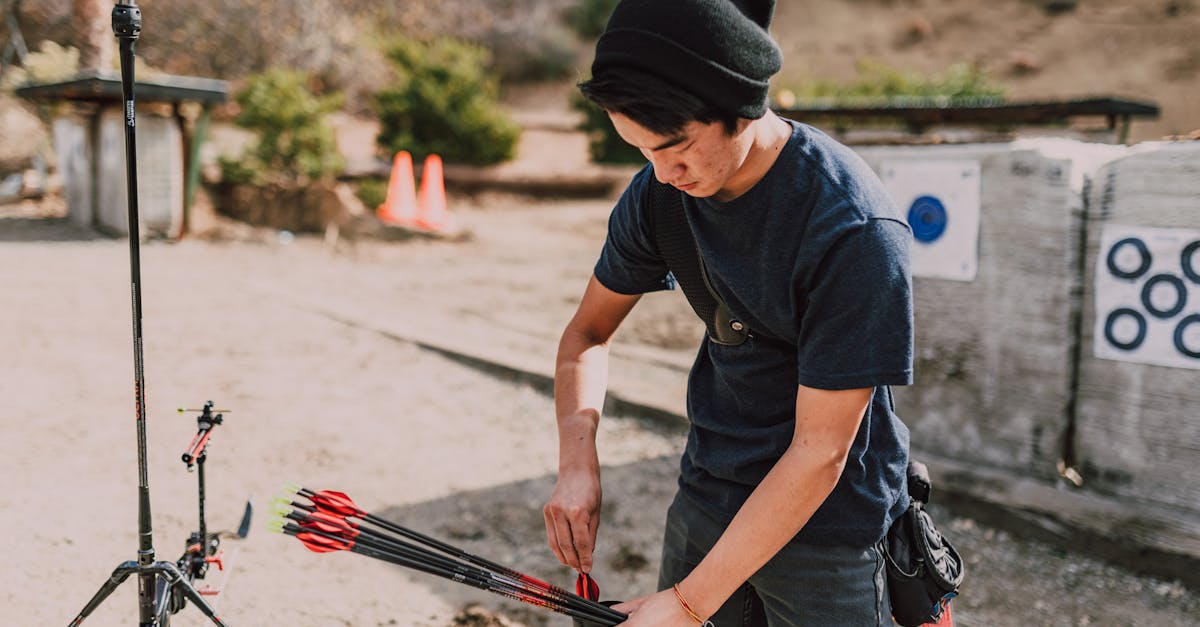Begin on an exciting journey with us as we investigate into the world of fossil hunting.
Whether you’re a seasoned enthusiast or a curious beginner, our expert tips will guide you towards a fun and educational adventure.
Unearth the secrets of the past and discover the thrill of finding ancient treasures buried beneath the surface.
Join us as we explore the best practices and techniques for a successful fossil hunting expedition.
Let’s immerse and uncover the wonders waiting to be found in the world of paleontology.
Key Takeaways
-
Choose the Right Location
Research fossil-rich areas for successful hunting.
Opt for easily accessible locations like state parks.
Familiarize yourself with local regulations on fossil collection. - Research fossil-rich areas for successful hunting.
- Opt for easily accessible locations like state parks.
- Familiarize yourself with local regulations on fossil collection.
-
Essential Equipment
Pack a sturdy backpack, rock hammer, chisel, brush, safety goggles, gloves, and a field guide for a successful expedition.
- Pack a sturdy backpack, rock hammer, chisel, brush, safety goggles, gloves, and a field guide for a successful expedition.
-
Identifying Fossils
Look for unusual patterns or textures on rocks.
Use a field guide to help identify different types of fossils. - Look for unusual patterns or textures on rocks.
- Use a field guide to help identify different types of fossils.
-
Proper Digging Techniques
Use small tools to gently remove dirt and rock layers.
Work in layers and brush off debris carefully to avoid damaging fossils. - Use small tools to gently remove dirt and rock layers.
- Work in layers and brush off debris carefully to avoid damaging fossils.
-
Preservation and Display
Handle fossils with care to avoid damage from skin oils.
Preserve fossils in acid-free paper or display cases for longevity and visual appeal. - Handle fossils with care to avoid damage from skin oils.
- Preserve fossils in acid-free paper or display cases for longevity and visual appeal.

Choosing the Right Location
When planning our fossil hunting adventure, selecting the right location is crucial for a successful and enjoyable experience. Here are some key tips to help us choose the perfect spot:
- Research: Look for areas rich in fossil deposits. Websites like the Smithsonian Institution’s National Museum of Natural History offer valuable information on fossil sites.
- Accessibility: Opt for locations with easy access, especially if we’re beginners. State parks or designated fossil sites are great starting points.
- Local Regulations: Before heading out, familiarize ourselves with local regulations about fossil collection to ensure we are following the rules and respecting the environment.
Essential Equipment for Fossil Hunting
When heading out on a fossil hunting adventure, it’s crucial to pack the right gear. Here’s what we recommend bringing along:
- Sturdy Backpack: Perfect for carrying all our essentials while keeping our hands free for exploration.
- Rock Hammer: Helps us break apart hard rocks to uncover fossils hidden inside.
- Chisel and Brush: Essential for delicate excavation work to avoid damaging the fossils.
- Safety Goggles and Gloves: Protect our eyes and hands while handling tools and rocks.
- Field Guide: Useful for identifying different types of fossils we might encounter.
To learn more about the importance of each equipment piece, check out these fossil hunting equipment recommendations from the Natural History Museum.

Identifying Fossils in the Field
When looking for fossils, it’s essential to know what to look for. Fossils can range from imprints to actual remains of ancient creatures. Here are a few tips for identifying them in the field:
- Look for unusual patterns or shapes on rocks that stand out from their surroundings.
- Pay attention to texture differences as fossils may have a distinct texture compared to the rock.
- Use a field guide for reference to help you identify different types of fossils.
Remember, practicing and gaining experience will make fossil identification easier over time. Happy hunting!
For more detailed information on identifying fossils in the field, check out this field guide from the Geological Society.
Proper Digging Techniques
When fossil hunting, it’s essential to dig carefully to avoid damaging any potential finds. Here are a few tips to help us dig properly:
- Start by using a small tool, like a trowel or brush, to gently remove the surrounding dirt and rock layers.
- Work in layers, as fossils may be present in different strata. Take your time to dig gradually and inspect each layer.
- Brush off debris carefully, as fossils can be fragile and easily broken during excavation.
Remember, patience is key when digging for fossils. By using these proper techniques, we can ensure a successful and enjoyable fossil hunting adventure.
For more detailed guidance on proper digging techniques and fossil excavation, you can check out the Paleontological Research Institution’s guidelines.

Preserving and Displaying Your Fossil Finds
When it comes to preserving your fossil discoveries, handle them with care. Avoid touching them directly as oils from skin can damage them. Instead, wrap them in acid-free paper or store them in protective cases.
For displaying your fossils, consider investing in display cases or shadow boxes. These not only keep your fossils safe but also make for an eye-catching presentation.
Remember, the way you preserve and display your fossils can help them last for generations to come. For more tips on fossil preservation, visit the Smithsonian National Museum of Natural History’s guide.

